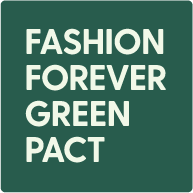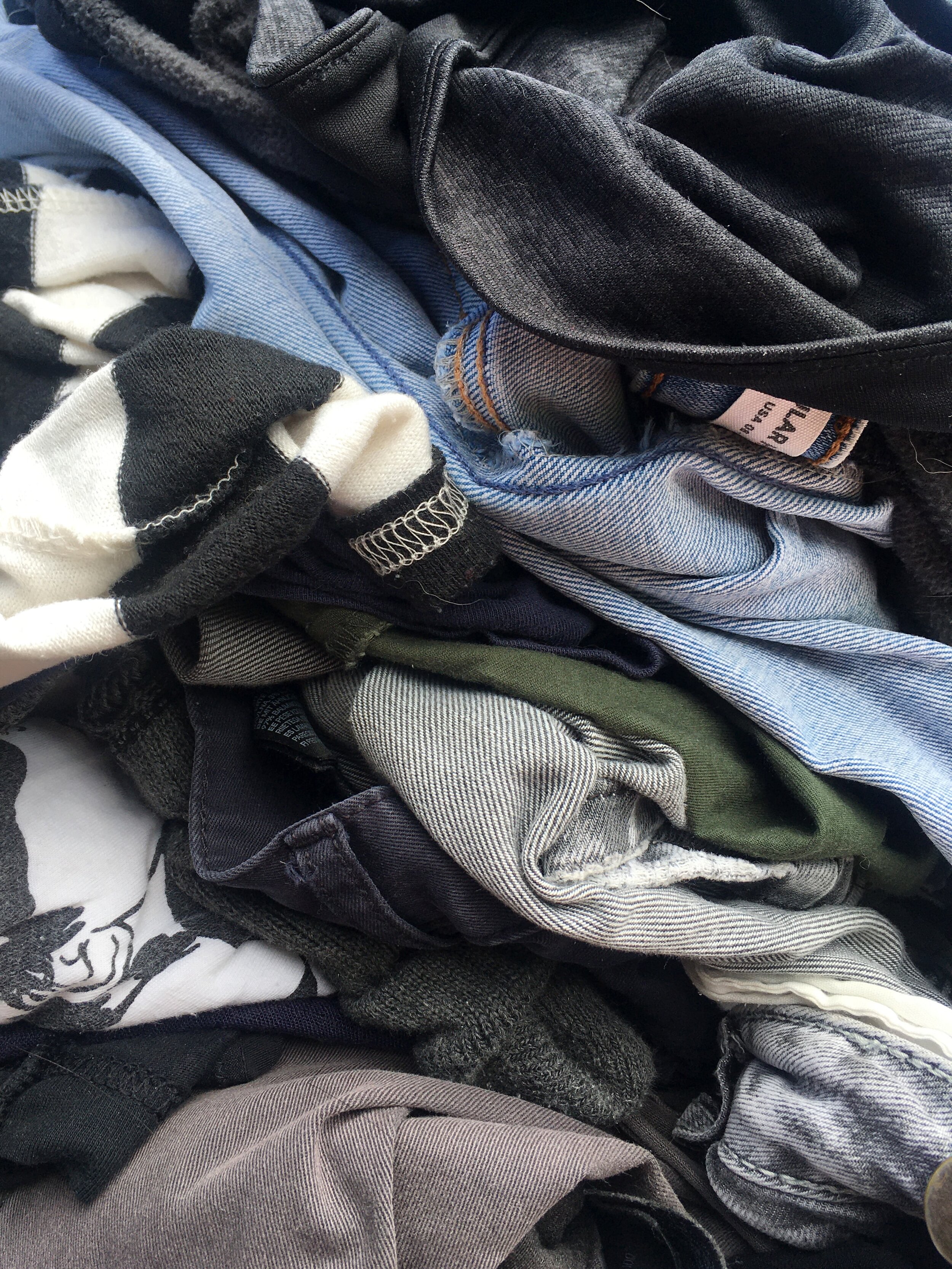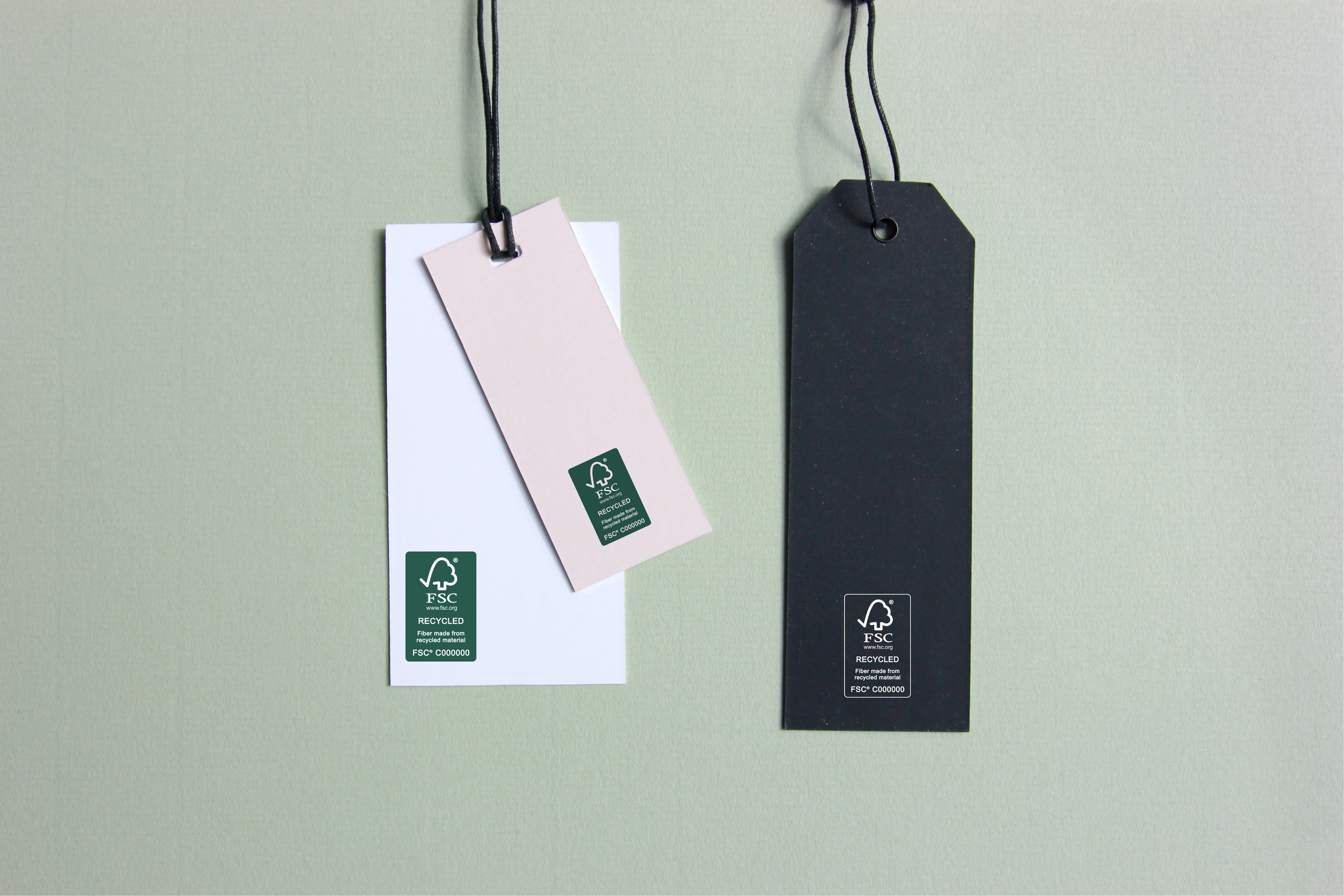FSC certification is the minimum. Circularity is the future
Today we rely on forest products for many of our daily needs and activities. We need them for food, medicine, clothing, hygiene, housing, and transportation. Moreover, they are the home of over three hundred million people worldwide and 1.6 billion depend directly on them for their livelihoods. Forests provide habitat for an infinite number of plants and animals, they provide us with oxygen and water (WWF).
As the world transitions towards a carbon-free economy the demand for renewable materials, namely forest products, will increase dramatically in the coming decades, thereby increasing the pressure on forests.
While certifying forest-based materials is one of the key actions brands, retailers and manufacturers can take today to protect forests, circularity is equally important to reduce pressure on the world's forests..
According to the Ellen McArthur Foundation circularity aims to gradually decoupling economic activity from the consumption of finite resources and designing waste out of the system and it is based on 3 principles:
1. Design waste out of the system
2. Keep products and materials in use
3. Regenerate natural systems
It is for this reason that the 3 principles outlined by the Ellen McArthur Foundation need to be applied in unison to ensure that in the transition towards circularity and a carbon-free world forests remain protected.
FSC certification supports the efforts companies are making towards circularity and is aligned with the principles outlined by the Ellen McArthur Foundation in two ways:
First and foremost, the FSC Forest Management Standard ensures that while forests are harvested there is not net loss of forest over time and biodiversity is protected thereby allowing the forest to regenerate. FSC has other tools, such as its Ecosystems Services Procedure that can aid in forest regeneration.
Keeping products and materials in use through recycling is another principle that is supported through FSC certification and labelling. The FSC system accepts pre-consumer and post-consumer reclaimed material as inputs for products that can be labelled with the FSC Recycled label. This label is already applied to paper, packaging, wood, cork and bamboo products. As the technology advances in the chemical recycling of textiles FSC certified MMCFs could also be recycled to produce textiles of equal or higher value while at the same time help reduce the pressure on forests.
FSC Recycled Label
Only products containing 100% reclaimed materials can carry the FSC Recycled label. So what are reclaimed materials then? According to the FSC Reclaimed Materials Standard (add Standard to Resources), reclaimed material is one that demonstrably would have otherwise been disposed of, but has instead been collected and reclaimed as input material, in lieu of virgin material.
There are 3 categories that are classified as reclaimed material:
Post-consumer reclaimed material: material that is reclaimed from a consumer or commercial activities, e.g. cardboard boxes
Pre-consumer reclaimed material: material that is reclaimed from a process of secondary manufacture (post mill) or further downstream industry, in which the material has not been intentionally produced, is unfit for end-use, and not capable of being re-used on-site in the same manufacturing process that generated it. e.g. sawdust, damaged stock, and off-cuts.
FSC Recycled material: reclaimed material based on exclusive input from reclaimed sources and supplied with an FSC percentage claim or credit claim.
Reclaimed materials are very difficult to trace and therefore it is not guaranteed that a reclaimed material is FSC certified. However, there is a strict verification system in place for these types of materials to enter the FSC system, which is in addition, audited by a third party:
· The reclaimed materials must comply with the FSC reclaimed material definitions
· Suppliers undergo a validation and monitoring process
· Material inspections and classifications are made upon receipt of the material
· Suppliers may have to enter a Supplier Audit Program
Depending on the type of product and [1]control system used in a companies’ operation if certain thresholds are achieved throughout the supply chain until the product is no longer changed or modified, it can carry the FSC Recycled label. For more information please review the Resources section.
[1] Control system: system used for controlling the quantities of products in a product group that can be sold with the FSC claims. The FSC control systems are: transfer, percentage and credit systems



